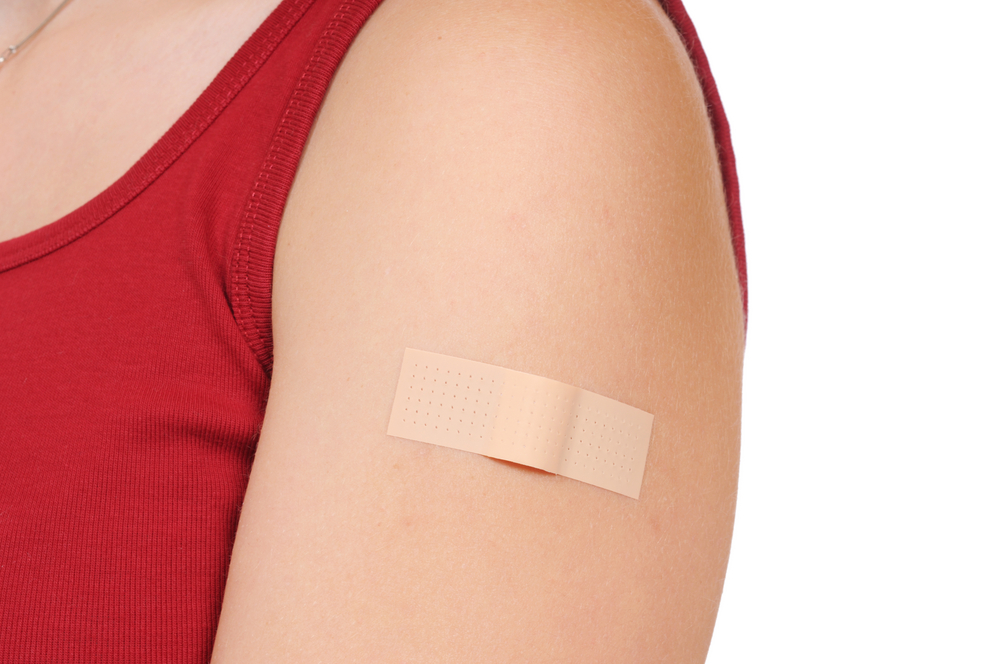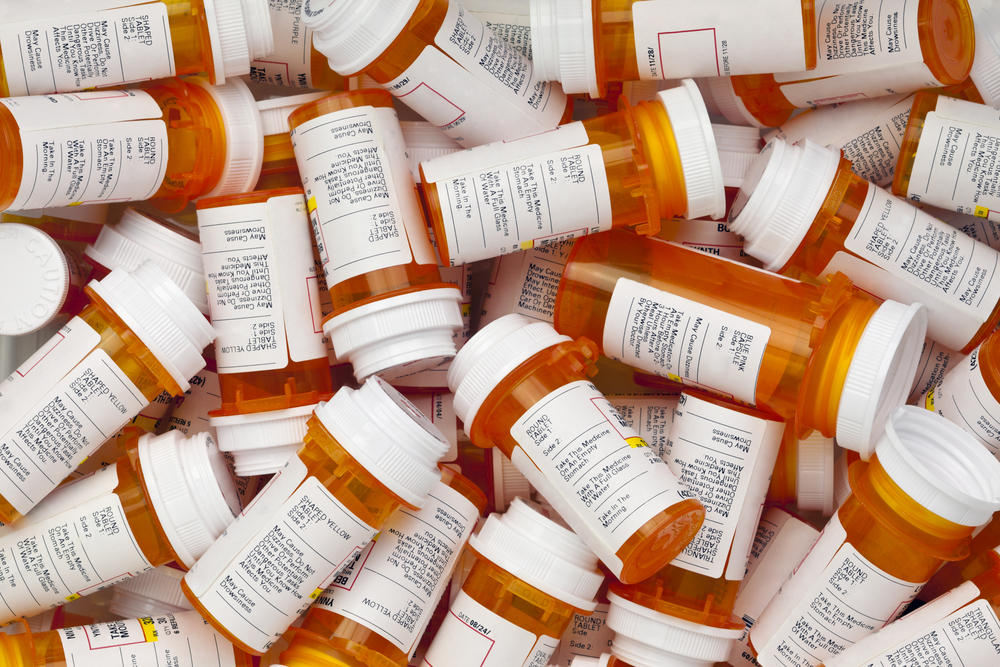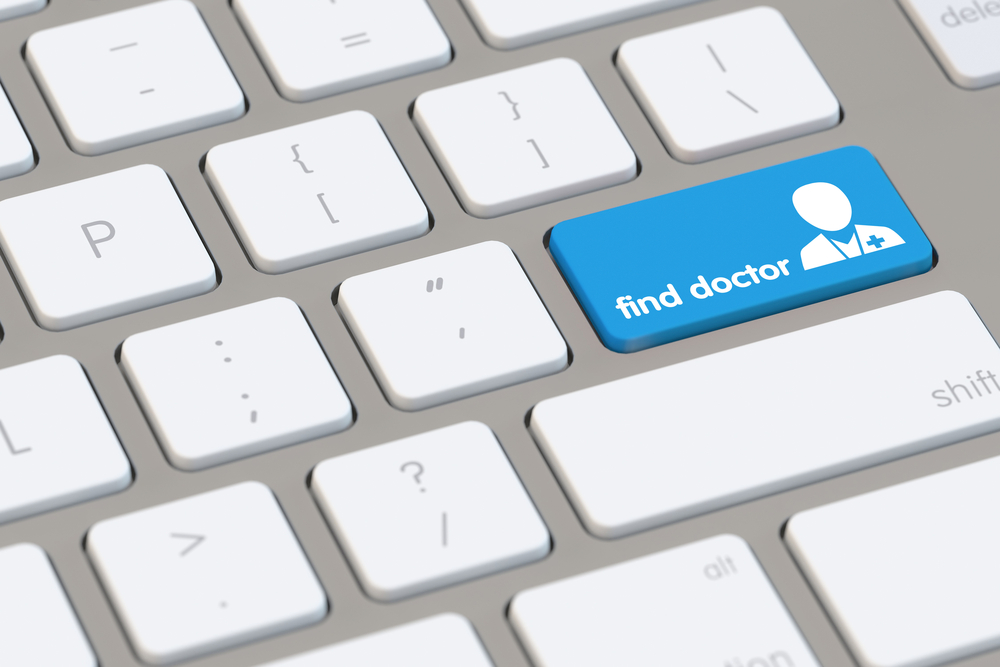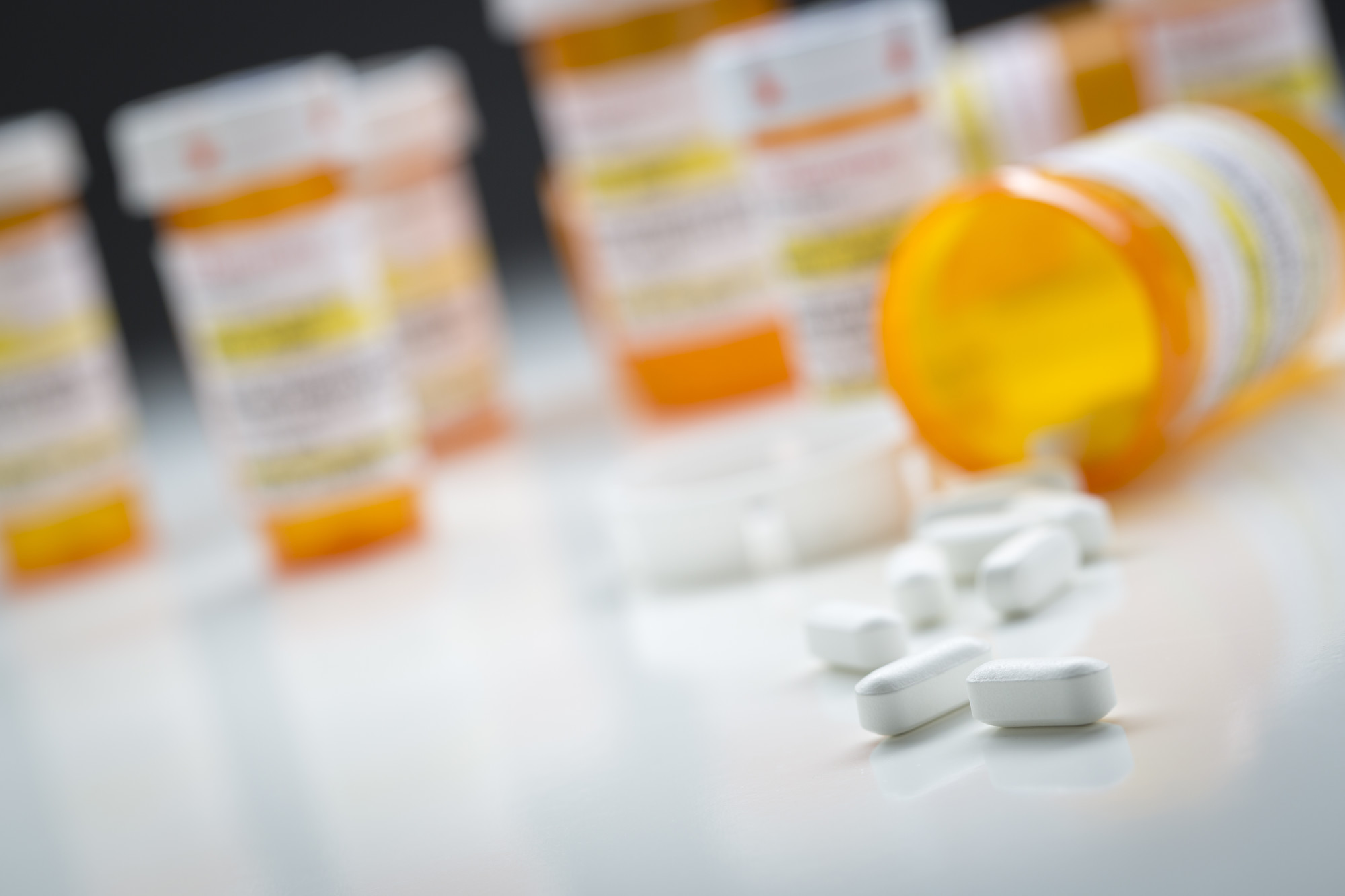Suboxone Implant – A Comprehensive Guide
With the heroin epidemic on the rise and overdosing becoming more and more common, the race to find a solution is more critical than ever. Traces of fentanyl can be found in many street drugs which raises the risk of overdose.
Treatment facilities are battling every day with trying to treat the overwhelming amount of people coming in the doors. There are many medications that are aimed at detoxing patients and reducing the risk of relapse. Suboxone is one of those medications that come in sublingual pills or strips. Luckily now, there is a newer form of Suboxone that doesn’t have to be taken every day.
The Suboxone implant is four small rods that are placed underneath the skin in the upper arm and can last for up to six months. The rods are fairly safe and can be easily removed at any time. This new advanced technology can potentially save thousands of lives and prevent overdoses.
What is the Suboxone Implant?
For many, getting off heroin and staying off can be a challenge. The problem isn’t only going through the initial week-long detox process, it’s continuing to abstain afterward. The drug has a very high psychological dependence and a lot of people experience post-acute withdrawal symptoms or cravings for months after they have stopped using. The Suboxone implant, or Probuphine, was created for people who have a difficult time staying sober on their own.
Unlike Subutex or Suboxone, which have to be taken daily and are absorbed into the bloodstream quickly, Probuphine is a one-time implant that automatically releases the daily dose of medication over the course of several months. The slow absorption rate of the medication allows for reduced side effects, if any at all.
Why Was the Suboxone Implant Created?
One of the main concerns with the pill form of Subutex is that patients will end up abusing the medication the same way they abused their drug of choice. The US National Library of Medicine concluded that the drug was almost impossible to abuse.
This is due to its subdermal placement in the body and the fact that rods use a matrix system instead of a reservoir so even if the patient was able to remove the rod, they wouldn’t be able to disperse the medication in mass doses.
This medication was created in order to allow recovering heroin addicts to go through their everyday lives without having to worry about a pill and all the potential side effects that accompany the pill. The reason this medication is considered so revolutionary is that it may be a cure for “chronic relapsers” or people who have a very difficult time achieving any sort of long-term sobriety.
A lot of chronic relapsers may not necessarily have a difficult time remembering to take the pill every day. They also might intentionally stop taking their prescription so that they can use and feel the effects.
Who Should Consider the Suboxone Implant?
The fact that the Suboxone implant doesn’t have to be taken daily gives the user a sense of freedom that they didn’t have before. The recovering addict can now travel without having to worry about having enough medication or trying to fill this script out of state.
In the first few months, Suboxone may be dosed multiple times a day, which means the user has to take multiple pills. According to their website, the Probuphine implant can deliver the same dosing variation because the medication is measured by the number of bars that are implanted in the user’s arm.
Instead of having to take a pill three times a day the recovering addict is simply implanted with more rods, which deliver a higher dose. The good news is that instead of tapering down on the pills the rods can simply be removed to allow for a similar taper.
One reason that people don’t opt to get the implant is the cost. A lot of times insurance companies don’t cover medications that are newer on the market. However, this medication is considered preventative and since it is an alternative to rehab or a trip to the hospital due to an overdose, many insurance companies are slowly beginning to consider it. While the price may vary depending on your coverage you can always call and check to see if it is covered.
Alternatively, if your doctor can explain to the insurance company why you would greatly benefit from this medication the odds of it getting covered increase substantially.
Even if the medication isn’t covered under your insurance it’s worth looking into. What is a couple of hundred dollars compared to the cost of your life? Also, it’s a six-month investment, not a thirty-day supply so you have to think of the benefits over a longer period of time.
Find a Doctor Near You
You can search for Suboxone doctors in your local directory or search the web for a doctor near you. Some things to look for are how long they’ve been practicing and if they can perform the implant procedure.
Unfortunately, due to the nature of this medication, there is no way to test it out or sample it. Although, if you do have a hard time staying sober and the pill just isn’t working out for you, this may be the next best thing. The procedure is a simple thirty-minute-long process.
The patient doesn’t even need to go under anesthesia, they simply numb the area and place the rods and you can go about your daily life. The patient is scheduled for follow up visits where the doctor can assess the amount of medication that is being administered and dose the patient up or down accordingly.
There is no hassle, no waiting at the pharmacy, no monthly fights with your insurance company, and no worry about remembering to take your medicine. Find a doctor today and see if this medication can potentially change your life for the better.










